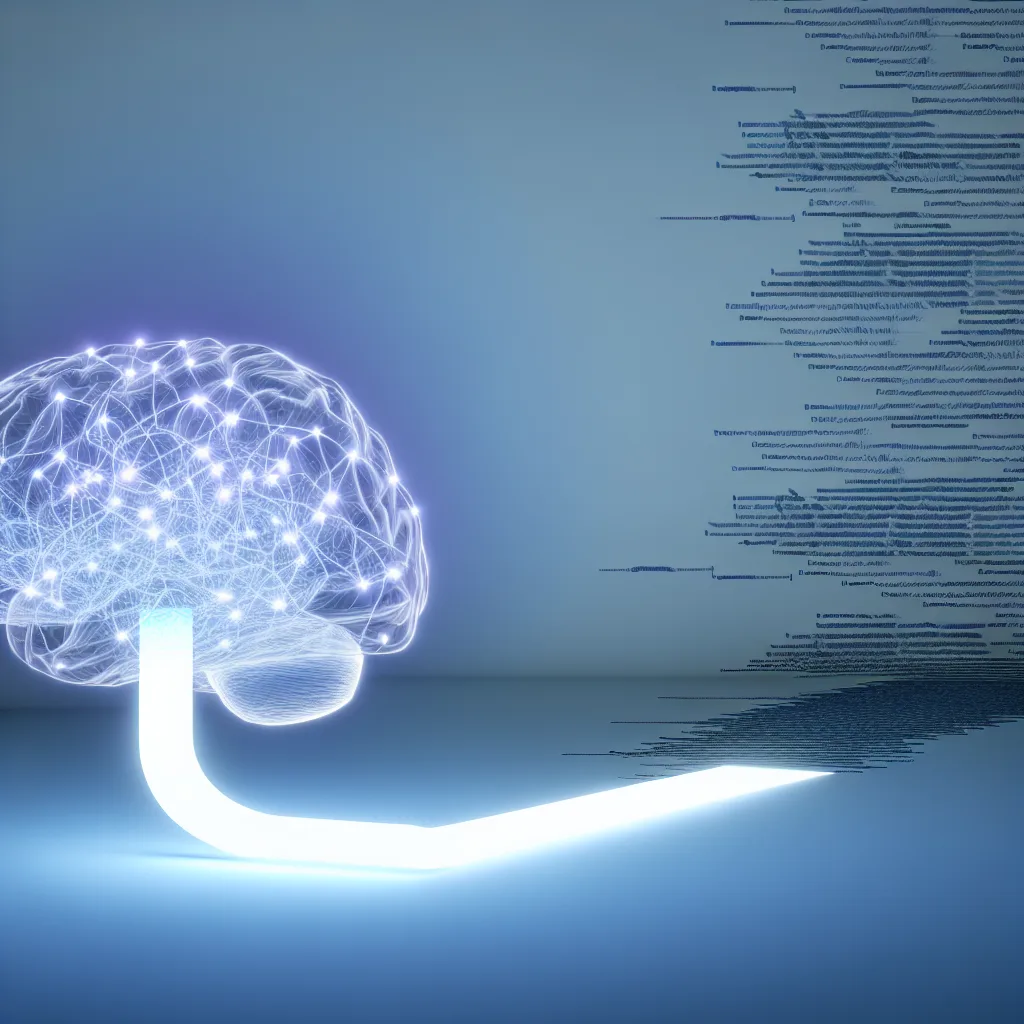Exploring a fresh approach to AI coding assistance beyond linear text generation
If you’ve been using AI language models for coding lately, you might have noticed something frustrating: these models often seem to lose track of context as you work through a project. For example, you ask the AI to refactor a function in one file, and it does a fine job. But then your README is outdated, tests still refer to the old function name, API docs weren’t updated, and maybe a config file got overlooked. It feels like you’re playing a never-ending game of whack-a-mole with the codebase consistency.
This happens because current coding LLMs treat code mostly like linear text—like a chat or a conversation—rather than what it truly is: a complex graph of dependencies that all need to stay in sync. Imagine trying to update a whole project, file by file, while the AI forgets what it did just moments ago elsewhere. It’s maddening.
Here’s an idea worth thinking about: diffusion models. You might have heard of diffusion models in the context of generating images (like OpenAI’s DALL-E or other impressive AI art tools). These models don’t generate images pixel by pixel in order; instead, they consider the relationship of every pixel to the others all at once, producing a full, coherent image in one shot.
So why aren’t we applying the diffusion model mindset to coding LLMs? Instead of generating code one snippet at a time, why not have a model that, when you describe the changes you want, outputs the entire, updated state of your codebase in one go? That means updating all files, docs, configs, and tests consistently, all at once.
That way, there’s less chance of forgetting to update related pieces or breaking dependencies. It’s like showing the AI the whole picture, not just isolated parts. No more surprises days later when a migration script breaks because the model didn’t remember it existed.
One way to put it: the current approach is like painting the Mona Lisa brushstroke by brushstroke, blindfolded, and hoping everything aligns perfectly. A diffusion-inspired approach would be like handing the AI a canvas and asking it to produce the whole consistent painting all at once.
It’s a compelling vision, yet surprisingly underrated. Why? Maybe because we are stuck thinking of code strictly as text—sequential lines that follow one another—rather than a web of interconnected pieces. Or maybe there are technical challenges to this approach that are yet to be solved.
In any case, it opens up a fascinating direction for improving coding LLMs. Models that see and generate code holistically could save developers from the tedious back-and-forth updates and help maintain consistency across entire projects effortlessly.
If you want to dive deeper, you might look into diffusion models used in AI image generation like OpenAI’s DALL·E (https://openai.com/dall-e), or explore how code dependency graphs work (https://en.wikipedia.org/wiki/Dependency_graph). Understanding those might spark some fresh ideas about what’s possible.
In the end, bridging the gap between text-based code generation and comprehensive project-wide updates might just be the next big step for coding AI assistants. Until then, we’ll keep juggling pieces one file at a time, wishing for a model that just ‘gets’ the whole picture.
References:
– Diffusion models and AI image generation: https://openai.com/dall-e
– Dependency graphs in programming: https://en.wikipedia.org/wiki/Dependency_graph
– GPT and autoregressive model basics: https://en.wikipedia.org/wiki/Autoregressive_model
